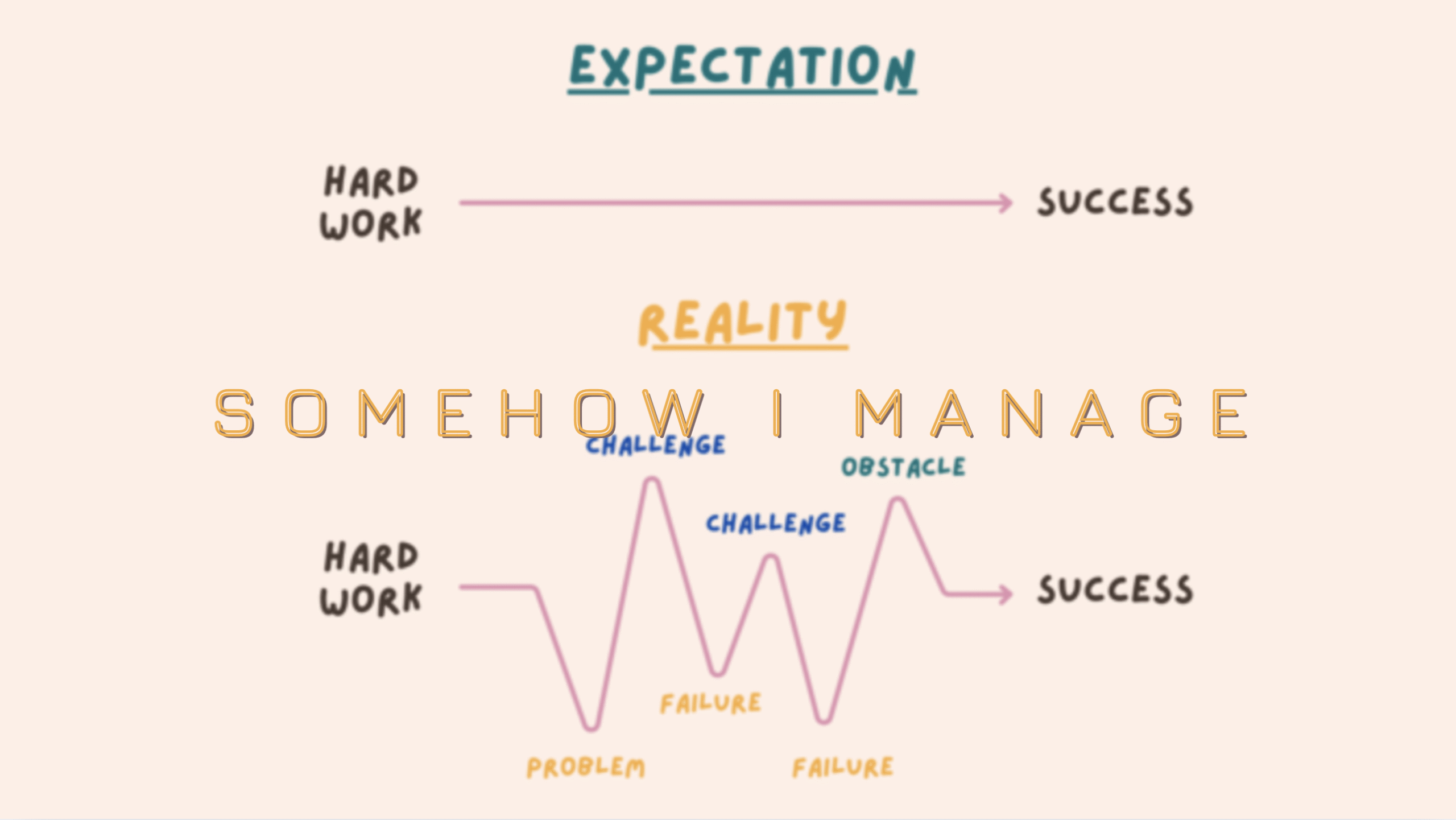Troy Story is relaunching with a special 6 week series: Power in AV
Check back each Thursday for the next installment!
Troy Story
by Troy Powers
Power. It’s the most fundamental building block of everything we do in AV, yet it’s also the piece that is easiest to overlook. We talk endlessly about video resolutions, audio intelligibility, and control systems, but none of that matters if the gear doesn’t have clean, reliable power behind it. Too often, power is treated as an afterthought, only noticed when something trips a breaker or a rack overheats. The truth is, understanding power is just as critical for AV professionals as knowing how to terminate a cable or configure a DSP.
In higher education especially, we can’t afford to gamble. Our classrooms and learning spaces demand reliability. When a projector shuts down mid-lecture or a switch fails under load, the learning experience suffers and confidence in the system erodes. Power is invisible—until it isn’t—and when it fails, it tends to fail loudly.
That’s why this series, Power in AV, begins with the foundational principle of Ohm’s Law.
What is Ohm’s Law?
At its core, Ohm’s Law is simple:
V = I × R
-
V is Voltage (measured in volts, symbol “V,” or sometimes “E” for electromotive force)
-
I is Current (measured in amperes, symbol “A” or “I”)
-
R is Resistance (measured in ohms, symbol “Ω”)
This formula explains how electricity behaves. Voltage is the potential difference that pushes current through a circuit. Resistance opposes that current. Change one factor, and it directly affects the others. For AV techs, that means understanding not only what numbers are on the spec sheet, but how they interact in the real world.
Voltage isn’t something that “flows.” It’s the driving force—the pressure that stays constant and pushes electrons (current) through a conductor. Current is the actual movement of charge. Resistance is what slows it down or converts it into heat. This is the real picture of what’s happening, and it’s far more useful than outdated analogies.
Expanding Ohm’s Law: The Power Equations
Ohm’s Law is just the starting point. In AV, we’re often less concerned with resistance and more focused on power consumption. That’s where the power equations come in:
P = V × I
-
P is Power (measured in watts, symbol “W”)
-
V is Voltage (V or E)
-
I is Current (A or I)
From this relationship, combined with Ohm’s Law, we can derive multiple forms:
-
P = V × I
-
P = I² × R
-
P = V² ÷ R
These variations are critical when looking at spec sheets or troubleshooting issues. For example, if you know the resistance of a circuit and the voltage, you can calculate power draw without ever directly measuring current.
The Ohm’s Law Wheel
One of the most useful teaching tools is the Ohm’s Law wheel. It’s a simple diagram that shows all the relationships between voltage, current, resistance, and power. By covering any one variable, the wheel shows which formula to use to solve for it.
The key insight: with any two known values, you can always solve for the other two. This makes the wheel incredibly powerful in troubleshooting and design; it turns scattered numbers into a complete picture of the circuit.
For example:
-
Need current? Cover “I,” and you’ll see I = V ÷ R or I = P ÷ V.
-
Need resistance? Cover “R,” and you’ll see R = V ÷ I or R = V² ÷ P.
-
Need power? Cover “P,” and you’ll see P = V × I, I² × R, or V² ÷ R.
This visualization simplifies the math and gives technicians quick access to every variation they might need in the field.
Why It Matters in AV
AV racks and classrooms are full of equipment with different power requirements. Amplifiers draw high current when they power on. Projectors have specific voltage tolerances. Network switches that deliver Power over Ethernet (PoE) need stable power to keep endpoints alive. Knowing how these loads behave is critical to avoiding problems.
A few examples:
-
Calculating loads: If a rack has five amplifiers, each rated at 5 amps, you know you’ll need at least 25 amps available—plus headroom. Without Ohm’s Law and the power equations as your base, those calculations turn into guesswork.
-
Troubleshooting: If a device isn’t powering on, checking voltage, current, and calculated power can tell you if the issue is the circuit, the cabling, or the device itself.
-
Designing systems: Properly sized circuits and correctly specified power supplies mean the difference between uptime and constant resets.
A Hypothetical Example
Imagine you have a powered speaker and a projector both plugged into the same surge strip, and the strip keeps tripping. The likely explanation is startup (inrush) current: both devices demand more current at power-on than the strip is rated to deliver. By breaking down the math using Ohm’s Law and the power equations, you can quickly see why it fails—and just as easily fix it by distributing the load correctly.
This is where the formulas move from theory to practice. They’re not just equations to memorize; they’re a lens to view every electrical decision in AV.
Teaching and Coaching
Part of being a leader in AV is not just fixing problems, but explaining them in a way that empowers others. When student workers or junior techs grasp Ohm’s Law and the power equations, they gain confidence. They stop guessing and start understanding. It’s the difference between telling someone “don’t plug those in together” and showing them the math behind why.
Coaching first, correcting second—that’s a leadership principle I lean on often. By starting with Ohm’s Law, we give our teams the building blocks to troubleshoot, design, and support systems with confidence.
Looking Ahead
From here, we’ll expand into how these formulas tie directly into load calculations, power distribution, and the balancing act between PoE and AC power. Each step builds on this foundation.
Because if AV is the heartbeat of the classroom, then power is the lifeblood. And Ohm’s Law? That’s the anatomy lesson we can’t skip.
What is Ohm’s Law?
At its core, Ohm’s Law is simple:
V = I × R
-
V is Voltage (measured in volts, symbol “V,” or sometimes “E” for electromotive force)
-
I is Current (measured in amperes, symbol “A” or “I”)
-
R is Resistance (measured in ohms, symbol “Ω”)
This formula explains how electricity behaves. Voltage is the potential difference that pushes current through a circuit. Resistance opposes that current. Change one factor, and it directly affects the others. For AV techs, that means understanding not only what numbers are on the spec sheet, but how they interact in the real world.
Voltage isn’t something that “flows.” It’s the driving force—the pressure that stays constant and pushes electrons (current) through a conductor. Current is the actual movement of charge. Resistance is what slows it down or converts it into heat. This is the real picture of what’s happening, and it’s far more useful than outdated analogies.











